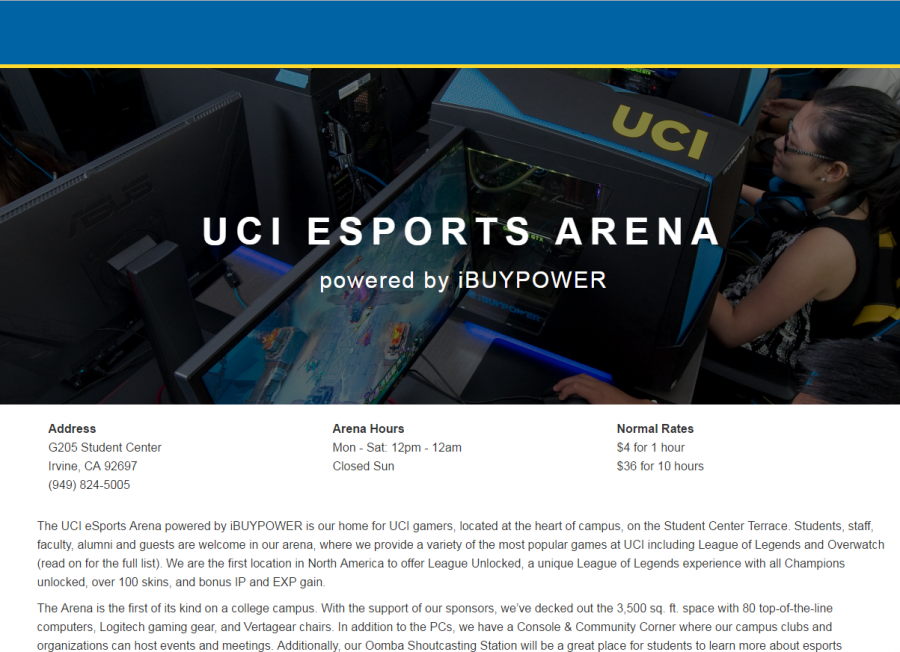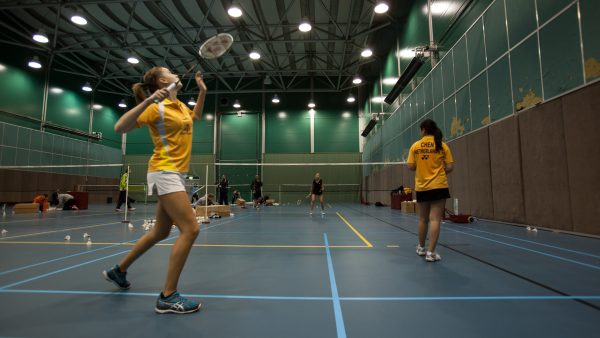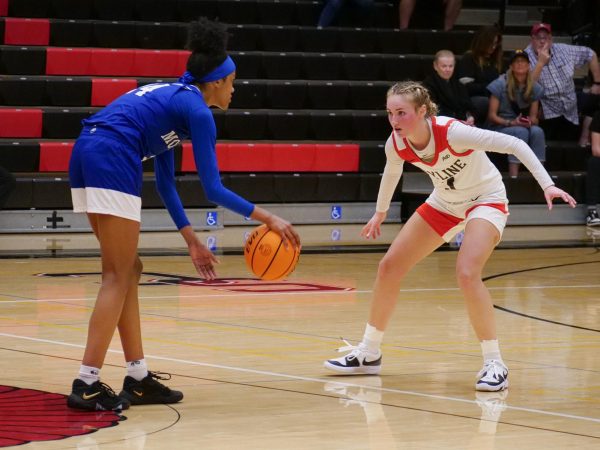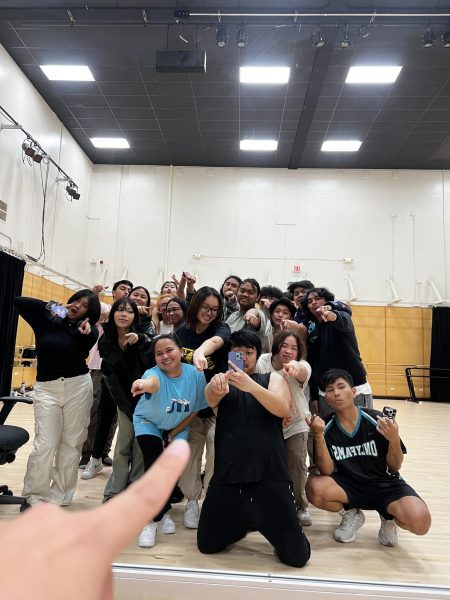The potential problems of building an e-sports in college campuses
For years, the gaming community have strived to get E-Sports into the mainstream. Today, not only is it popular, they even manage to make it onto cable television. Even college campuses are starting to adapt and build their own E-Sports divisions, UC Irvine, in particular.
This is probably the best way forward for the industry but several hurdles need to be addressed before “League of Legends” is played on your college’s home court.
The first problem is overall acceptance. This is a recurring issue for the E-Sports community. Some people don’t see playing video games as a “sport.” It would take a lot of convincing to introduce this concept to school officials and even students.
Education about E-Sports maybe implemented for people who are interested. As for people who don’t like it, time will heal their resentment.
The second problem is funding. Sponsorships are very popular for this type of business. Most professional E-Sports teams are sponsored by at least one company.
Companies that sponsors a team, usually gaming oriented, provide their sponsored players with the equipment they need to play. In return, the players usually wear the sponsor’s logo.
An example would be UC Irvine’s partnership with iBuyPower, a gaming computer provider, who provided the school’s E-Sports players with computers. So, if we have players that catch the attention of sponsors, equipment isn’t much of an issue.
The third problem would be finding good athletes. As mentioned before, you can’t keep a sponsor without good players. This is probably the hardest part of building an E-Sports team since scouting for players differs in each game.
The easiest way to get good players is to develop them yourselves. A college can hold tournaments and label it as a “try-out” for any hopefuls. Anyone who stands out will be developed by a competent coach, which can also be difficult to look for.
However, if a college can overcome these hindrances, they are looking at an industry that can annually generate millions of dollar annually. Colleges just have to take that risk.


















